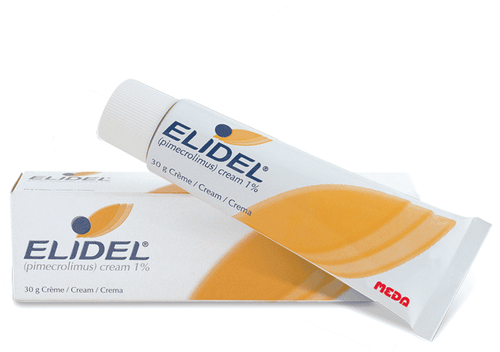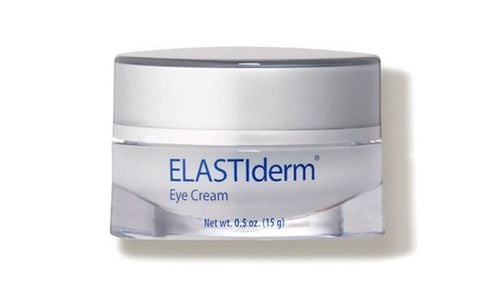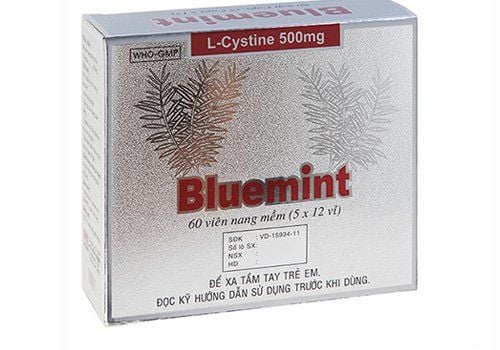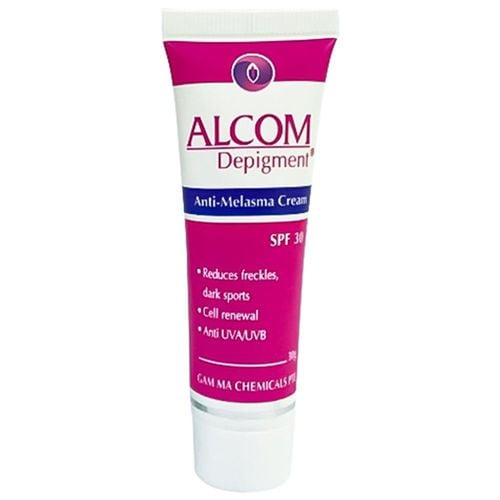This is an automatically translated article.
Wrinkling skin is a natural part of aging. Although genetics largely determines skin structure and texture, sun exposure is a major cause of wrinkles, especially in light-skinned people. In addition, pollutants, smoking also contribute to wrinkles. So, what to do with wrinkled skin?
1. Why is the skin wrinkled?
Wrinkles are a natural part of the skin. As we age, our skin produces less collagen and elastin. This makes the skin thinner and less resistant to surrounding aggressors.
Wrinkles on the skin appear due to aging glycation, loss of body mass, sun damage, or temporary reasons such as prolonged immersion in water. In addition, skin wrinkles are promoted by facial expressions, smoking, poor hydration and many other factors.
Learn about what happens to your skin as you age.
2. Wrinkled skin symptoms
Wrinkles are lines and wrinkles that form on the skin. Some wrinkles can become crevices or deep wrinkles, especially noticeable around the eyes, mouth, and neck.
If you are worried about the appearance of wrinkles on your skin, see a dermatologist for a skin health check. At the same time, dermatologists will advise creating a specific skin care plan for each individual.
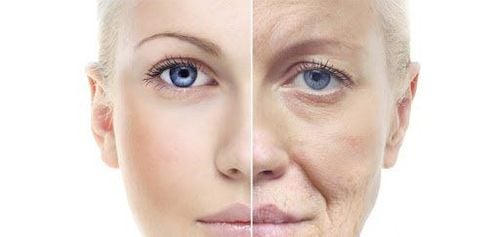
Nếp nhăn là các đường và nếp hình thành trên da
3. Causes of wrinkled skin
Wrinkles are caused by a combination of factors. Some people can control these influences, but not others. Some of those factors include:
Age : As we age, our skin naturally becomes less elastic and fragile along with a decrease in natural oil production causing dry skin and the appearance of wrinkles. At the same time, the fat in the deep layers of the skin will also be reduced. This causes loose, sagging skin and the appearance of more pronounced lines and crevices. Exposure to ultraviolet (UV) rays: Ultraviolet radiation accelerates the natural aging process, which is also the cause of premature wrinkles. UV exposure breaks down the skin's connective tissue which is the collagen and elastin fibers located in the deeper layer of the skin (the dermis). Without the supporting connective tissue, the skin loses its strength and flexibility. At that time, the skin will begin to sag and appear wrinkles. Smoking: Smoking can accelerate the normal aging process of the skin, contributing to the formation of wrinkles. Repetitive facial expressions: Facial movements and expressions such as squinting, smiling can also lead to the appearance of lines and wrinkles. Every time the facial muscles are used, grooves form below the surface of the skin. And as it ages, it loses its flexibility and can no longer revive in place. These grooves then become permanent facial features.
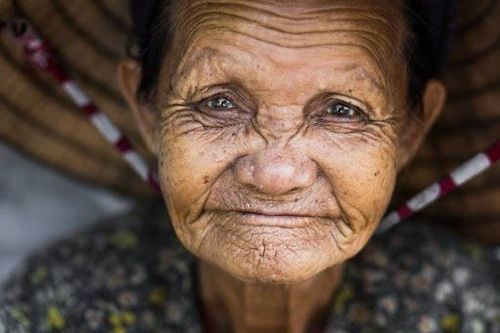
Tuổi già khiến da nhăn nheo
4. How to treat wrinkled skin?
Treat wrinkles by smoothing them out or making them less. Several treatment methods can be selected such as:
4.1. Topical Retinoid Treatment: Prescription medications containing vitamin A-derived retinoids can reduce wrinkles, pigmentation, and roughness when applied to the skin. However, it may take a few weeks or months to see an improvement in the skin. Products (Renova, Retin-A, tazarotene (Avage, Tazorac) and a synthetic version called Adapalene are the treatment of choice for wrinkles in the skin. However, retinoids can cause temporary itching, redness, and irritation.
Retinoids can make skin more susceptible to burning, so daily broad-spectrum sunscreen with an SPF of at least 30 should be used in conjunction with wearing protective clothing.
Anti-wrinkle cream over-the-counter: The effectiveness of an anti-wrinkle cream depends on its ingredients, such as: Retinol, antioxidants and some peptides that can improve mild to moderate wrinkles. Anti-wrinkle creams do not require a prescription, their effectiveness can be limited and the effects are short-lived because these creams contain less active ingredients than prescription creams.
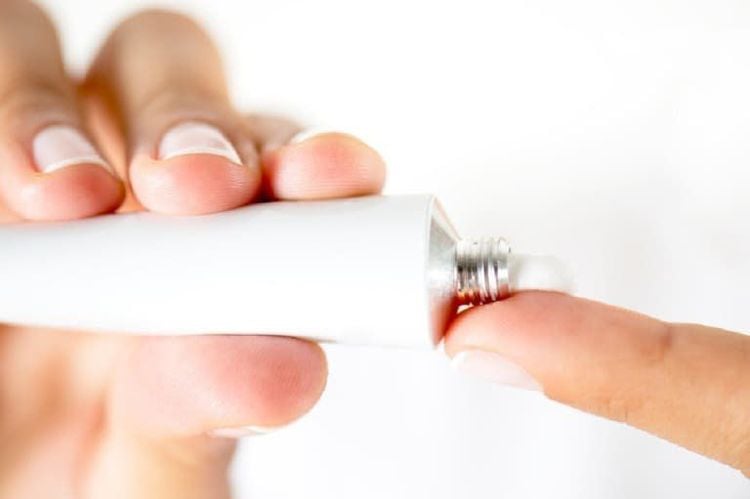
Sử dụng kem chống nhăn không cần kê toa
4.2. Surgical procedures and other techniques Several studies have shown that a combination of treatments can provide the most satisfying results. Talk to a dermatologist about your skin condition, the doctor will advise and choose which method responds best to treatment and gives the most effective time.
The following are surgical methods of treating wrinkled skin:
Laser resurfacing : In laser wound resurfacing, a laser beam destroys the outer layer of skin (epidermis) and heats the underlying layer of skin (dermis). This stimulates the growth of new collagen fibers. As the wound heals, the skin is smoother and firmer.
Laser resurfacing can be done as an outpatient procedure, usually under local anesthesia. A newer method using fractional lasers has a shorter recovery time. However, there are some risks such as scarring, lightening or darkening of the skin.
Photodynamic rejuvenation: This method can treat wrinkles caused by sun exposure. And repeat treatments may be required, but recovery from photodynamic rejuvenation is shorter than with laser flushing resurfacing.
Chemical peel: The doctor will apply a chemical solution to the skin to remove the top layer. Skin that grows back after a chemical peel is smoother. Depending on the depth of the peel, several treatments may be needed before a difference is seen in the skin. This method can have side effects such as scarring, infection, skin may be too light or dark.
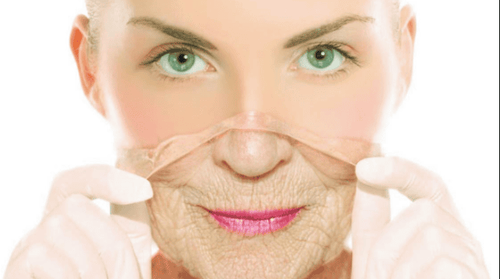
Lớp vỏ hoá học giúp điều trị da nhăn
Exfoliation: The top layer of skin will be removed, where new skin will grow. This procedure can be done more than once. Some side effects of this procedure may include temporary redness, scaling, and swelling.
Botulinum toxin type A (Botox): When injected in small doses into specific muscles, botox keeps the muscles from contracting. As the muscles tighten together, making the skin smoother and less wrinkled,
Botox works well on lines between the eyebrows, on the forehead, crow's feet at the corners of the eyes. The effect usually lasts a month. And to maintain the results, repeat injections are required.
Soft tissue fillers: Soft tissue fillers including fat, collagen, and hyaluronic acid can be injected into the site of facial wrinkles. They work to thicken and smooth out fine lines and wrinkles.
Face Lift: A facelift procedure involves tightening the underlying muscles and tissues. It can be done in a hospital or in an outpatient surgical facility with local anesthesia. Healing time can be prolonged after a facelift. The results of a facelift are also not permanent.
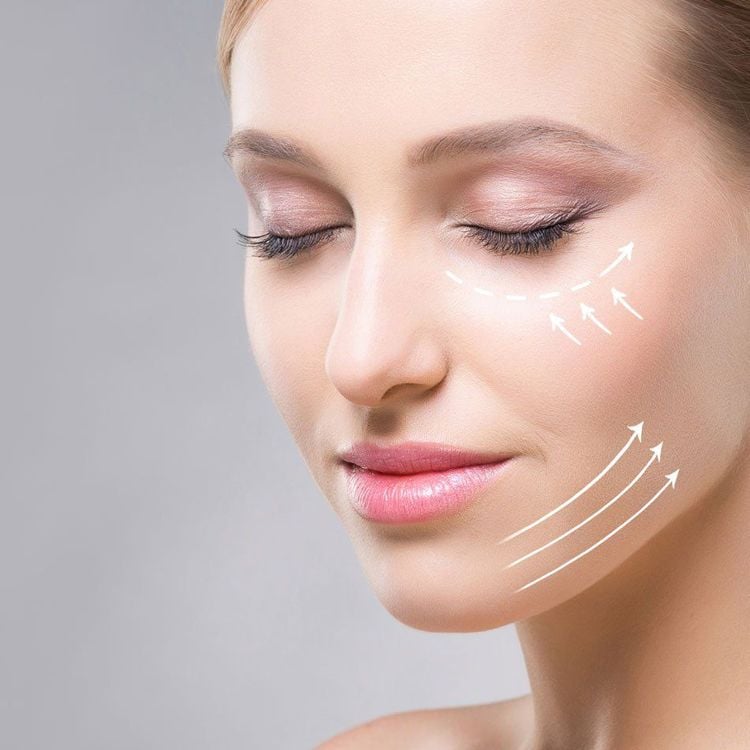
Phương pháp nâng cơ mặt
5. Wrinkle Prevention
Some ways to protect your skin and minimize the appearance of wrinkles:
Protect your skin from the sun : Limit time in the sun, especially midday, and always wear protective clothing such as wide-brimmed hats, long-sleeved shirts, and sunglasses. In addition, sunscreen should be used year-round when outdoors. Learn how to read the symbols to choose the right sunscreen. Choose skin care products with a built-in sun protection factor (SPF) of at least 15. The American Academy of Dermatology recommends using a sunscreen with an SPF of 30 or higher. at least two hours apart. If you sweat a lot or go swimming, you should apply sunscreen more often. Use products with built-in sunscreen: When choosing skin care products, choose ones with broad-spectrum sunscreen — meaning it can block both UVA and UVB rays. Moisturizing: Dry skin shrinks thickened skin cells, which can lead to fine lines and premature wrinkles. Moisturizing means locking water in the skin to help cover fine lines and wrinkles. It may take several weeks of regular use before signs of improvement can be felt in the skin. Don't smoke: Even if you've smoked for many years or smoked a lot, it's still possible to improve skin tone and texture and prevent wrinkles by giving up smoking. A healthy diet: There is some evidence that vitamins in the daily diet help protect the skin. However, more research is still needed on the role nutrients play in the skin, and eating more fruits and vegetables can lead to healthy skin.

Chế độ ăn uống bổ sung nhiều vitamin
You can learn more about the method of Skin Rejuvenation with Platelet Rich Plasma (PRP) through the video below:
References: mayoclinic.org
MORE:
Stem Cell Secretion Therapy (EXOSOME) for skin rejuvenation Food that is not good for acne skin PRP injection package for skin rejuvenation






